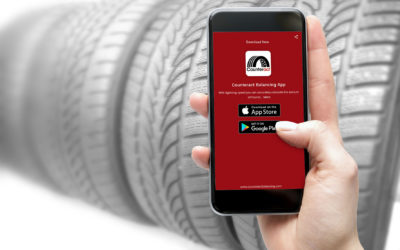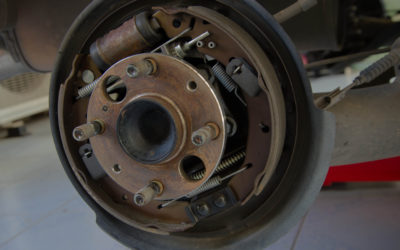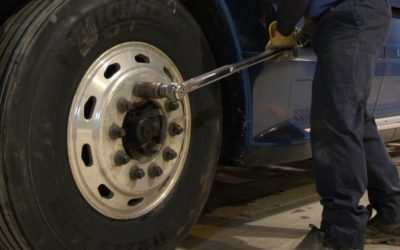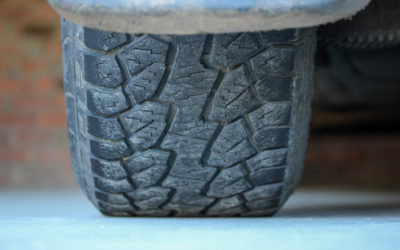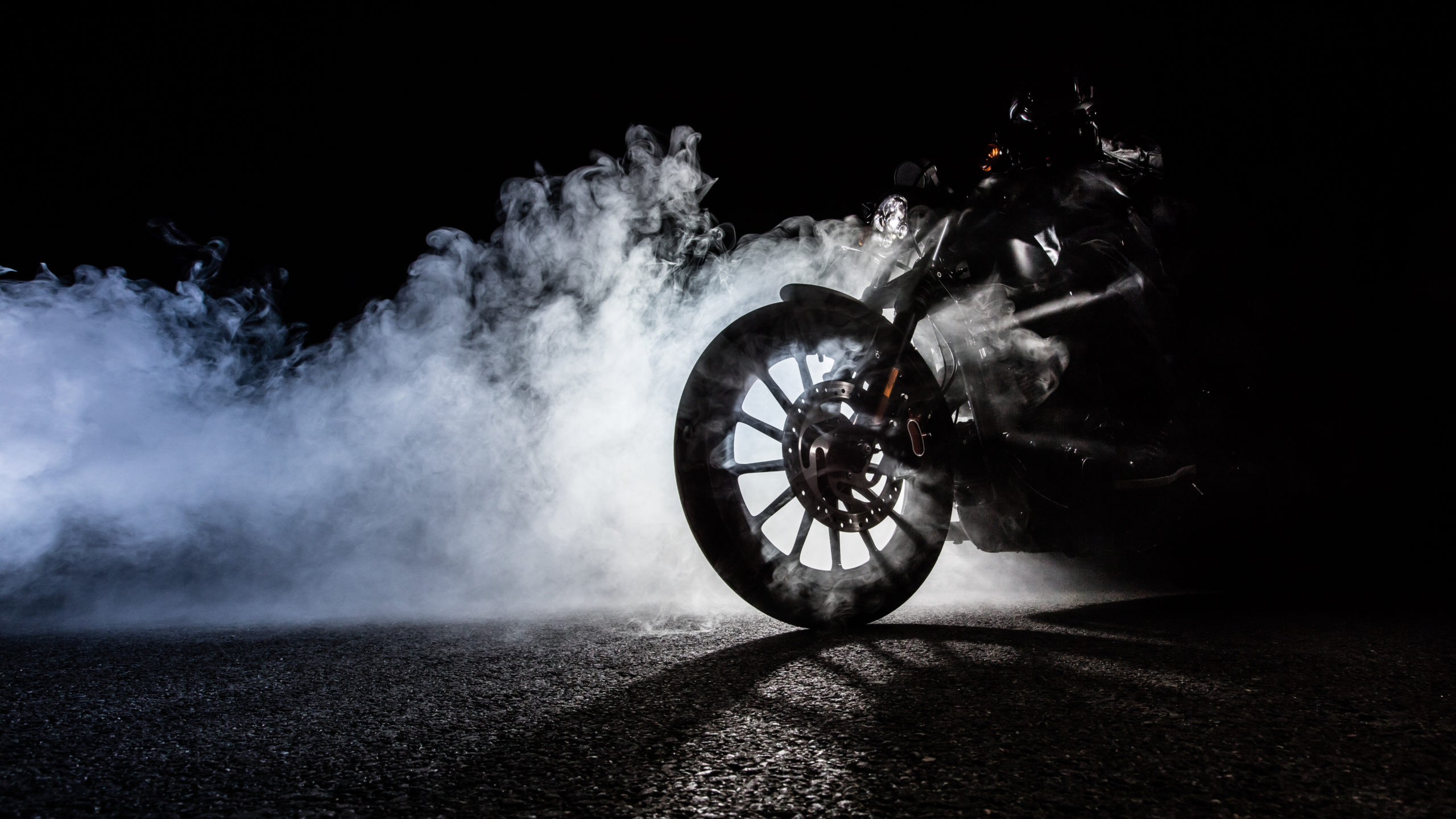FOR IMMEDIATE RELEASE [Guelph, Ontario] – Counteract, a leader in tire and wheel balancing solutions, is proud to announce the launch of its cutting-edge app and the Wheel Advantage Dealer Rewards Program. This dual release marks a significant...

Subscribe to keep up to date with Team Counteract
Receive helpful knowledge and tips, updates about our products, events, giveaways & more! Join Counteract News!Commercial Truck Drum Brakes vs. Disc Brakes
When it comes to ensuring the safety and performance of commercial trucks, the choice between drum brakes and disc brakes plays a pivotal role. Each braking system comes with its own set of advantages and disadvantages, making the decision a...
Inspecting for Stretched Studs
Wheel-off related incidents are more common than the public is aware of. These incidents usually result in property damage, injury, or even worse, death. Luckily, these instances can be avoided by applying some preventive measures during the wheel...
Understanding Tire Wear: Types and Causes
Tires are the unsung heroes of the road, ensuring a smooth and safe journey. However, like any other component of a vehicle, tires are subject to wear and tear. Understanding the different types of tire wear and their causes is crucial for...
Counteract’s Cooling Effect on Tires
Understanding Tire Operating Temperature Heat remains the primary adversary of tires, making it crucial for tire engineers to consider the ideal "tire operating temperature" during the design phase. Effects of High Temperatures Tires subjected to...
Tire Storage Solutions
The Importance of Winter Tires in Northern Climates Winter tires may seem unfamiliar to some individuals residing in regions with minimal snowfall, but for many North American drivers, they are an essential part of safe winter driving. When snow...
